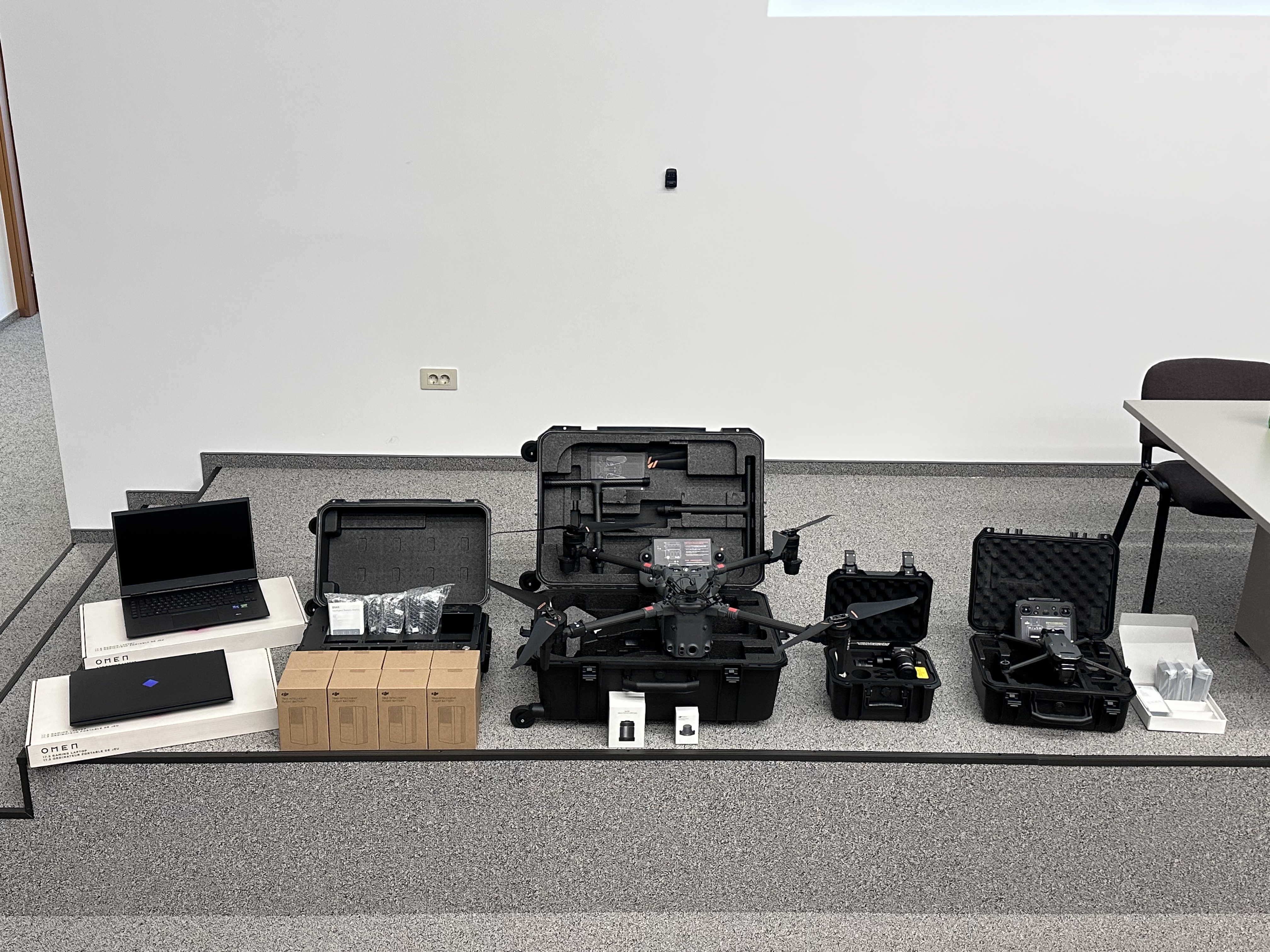The operationalisation of the National Commission on Sustainable Development of Togo within the framework of the AFR100 initiative was held in Lomé at Hôtel La Concorde on 8 February 2023. It was attended by 53 participants from public, civil society organisations, parliament, religious and traditional leaders and international institutions working in Togo.
The meeting was presided over by The Secretary General of the Ministry of Environment and Forest Resources. Representatives of all sectoral ministries attended the metting. The speech of the CEO of AUDA-NEPAD, Dr Nardos-Bekele Thomas was read by Ousseynou Ndoye, the AFR100 Regional Coordinator for West and Central Africa. The speech of GIZ-F4F was read by Simon Lange of GIZ-F4F. The Secretary General read the speech of the Minister of Environment and Forest Resources.
The CNDD is a decree signed by the President of the Republic of Togo, the Prime Minister and several sectoral ministries in Togo. This shows a very high level of appropriation and it is unique in the AFR100 initiative. Furthermore, there are other administrative orders creating committees at regional (CRDD) and communal levels (CCDD). The operationalization of the CNDD has been done through articles 3 and 4 of the government decree creating the CNDD.
21. FLR ACHIEVEMENTS BY PARTNERS IN TOGO
- Political involvement in FLR by high level authorities.
- Green jobs are provided for women, youth, adult and minorities through FLR activities.
- Organization of an annual reforestation campaign in the Togo.
- Organization of a national campaign to fight forest fire and to sensitize the population.
- Ambition to plan 1 billion trees by 2030 as recommanded by the President of Togo.
- In 2022, the Union of NGOs of Togo has planted 826,665 trees over a target of 1,412,740 trees (59 %) on 428 hectares over a target of 1423 hectares (30%).
- 279 enterprise development plans (business plans) have been elaborated for communities.
- Consolidation of 30 value chains related to agricultural and agroforestry products.
- Evaluation of FLR opportunities at national level.
- In 2021, in total 3,303,024 plants were produced and 4500 hectares restored by the national reforestation program with funding from the government and involvement of national stakeholders.
- In 2022, in total 5,207,250 plants were produced and 8256 hectares were restored.
- Average revenue was increased by 25 % for households involved in honey, parkia biglobosa, shea butter and fuelwood value chains.
22. FLR CHALLENGES IN TOGO
- Tenure issues and conflict between smallholder farmers, pastoralists/herders, fishermen and managers of protected areas
- Degradation and reduction of forest cover due to increasing demand of fuelwood, timber and uncontrolled fires
- Lack of financial resources to carry out restoration activities at very large scale
- Mobilisation of stakeholders to monitor AFR100 implementation
- Sensitization and capacity strengthening on best FLR practices
- Elaboration of a national strategy on FLR in Togo
- Maintenance and monitoring of seedlings planted
- Water management in nurseries
- Integration of climate change mitigation and adaptation and forest landscape restoration in municipal development plans
- Climate risks and forests fires
- High dependency of communities on forests resources
- Weak competitiveness of NGOs in mobilizing trust funds
- Predominance of biomass as the main source of energy
- Failure to materialize or respect transhumance corridors
- Overgrazing and unsuitable agricultural practices
- Uncontrolled urbanization and demographic explosion
23. RECOMMENDATIONS FOR THE OPERATIONALIZATION OF THE NATIONAL COMMISSION ON SUSTAINEBLE DEVELOPMENT
1. The Ministry of Environment and Forest Resources should take the leadership in collaboration with the statistics department to collect all relevant information on FLR at the national level. That is to say that the Ministry of Environment will serve as a repository of all data collected at national level to inform the government on progress toward reaching the pledge of 1400000 hectares of degraded forests and lands to the AFR100 initiative. Those data collected at national level will then be transfered to the AFR100 Secretariat for a centralized repository which all AFR100 countries will follow.
2. To attract private investors and financial institutions investments on FLR, win-win business models need to be elaborated and disseminated at the national level.
3. To ensure a full success of restoration through tree planting, it will be very important for the Ministry of Environment and Forest Resources to ask the species prefered by communities and produce the planting materials to be distributed to them. This will increase the likelihood of successes because comunities will be taking care of all trees planted since they will be trees of environmental, social and economic values.
4. The Minsitry of Environment and Forest Resources needs to monitor all areas of Togo where trees have been recently planted in order to evaluate the survival rate and the reasons for failure.
5. All sectoral Ministries need to designate their representatives to the CNDD/AFR100 initiative.
6. The permanent secretary of the CNDD/AFR100 should stay the same as the permanent secretary of the CNDD at its origin.
7. The Ministry of Environment should take the leadership in the CNDD/AFR100 initiative.
